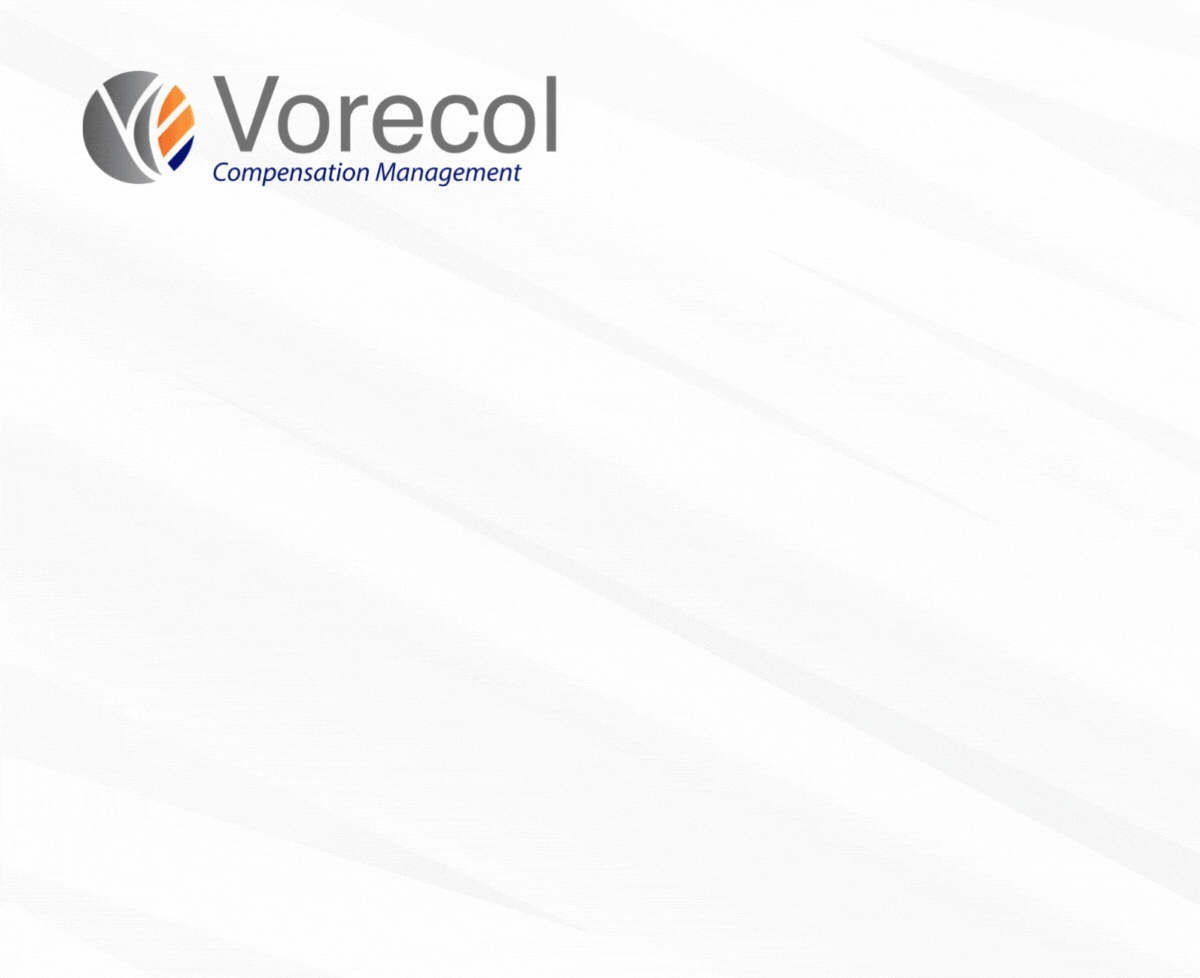Benefits and Challenges of Implementing a Transparent Pay Structure

- 1. Understanding Transparent Pay Structures: An Overview
- 2. Key Benefits of Transparent Pay Systems
- 3. Enhancing Employee Trust and Morale
- 4. Potential Challenges and Resistance to Change
- 5. The Role of Communication in Implementing Transparency
- 6. Case Studies: Success Stories of Transparent Pay Practices
- 7. Measuring the Impact of Pay Transparency on Performance
- Final Conclusions
1. Understanding Transparent Pay Structures: An Overview
Have you ever wondered why two employees with the same role can have vastly different paychecks? Surprisingly, a study by the Economic Policy Institute found that nearly 25% of workers in the U.S. believe their pay is unfair compared to others in similar positions. Transparent pay structures aim to eliminate this confusion and dissatisfaction by clearly outlining compensation criteria. When companies embrace transparency, they not only foster a sense of fairness among employees but also enhance trust within the organization. After all, who doesn't want to know that they are being rewarded for their skills and contributions fairly?
Implementing a transparent pay structure can seem daunting, but it can dramatically improve workplace morale and retention. With the right tools, such as Vorecol’s cloud-based compensation module within its HR Management System, navigating pay structures becomes a breeze. This module helps HR teams analyze and manage compensation data efficiently, ensuring that everyone is on the same page regarding pay practices. As more companies recognize the value of transparency, they are not just promoting equitable pay; they are also building a more engaged and committed workforce ready to drive the company forward.
2. Key Benefits of Transparent Pay Systems
Imagine walking into a workplace where everyone talks openly about their salaries, from the receptionists to the executives. Sounds like a dream, right? Research shows that companies with transparent pay systems not only build a culture of trust but also enhance employee satisfaction by as much as 30%. Transparency in compensation makes employees feel valued and ensures that concerns about fairness and bias are appropriately addressed. When employees know they are being compensated fairly, they are more likely to be engaged and motivated, leading to increased productivity across the board.
Moreover, transparency fosters a sense of accountability. Organizations that embrace open pay policies often find themselves facing less turnover and greater loyalty from their staff. They focus more on cultivating talent rather than constantly training new hires. To streamline these transparent practices, tools like Vorecol's compensation module can effortlessly manage pay structures and benefits across the organization, making it easier to maintain fairness and equity. Imagine the peace of mind you'd have knowing your pay practices are not just transparent but also effectively managed.
3. Enhancing Employee Trust and Morale
Imagine walking into an office where everyone greets you with genuine smiles and a sense of camaraderie fills the air. Sounds idyllic, right? Well, research shows that workplaces with high employee trust and morale can see a 22% increase in productivity. When employees feel valued and secure, their commitment to the organization's success skyrockets. This isn’t just about happy hours or team-building games; it’s about creating a culture of transparency and support. Leaders who encourage open communication and recognize contributions foster an environment where employees thrive, leading to a robust and motivated workforce.
Now, consider how technology can enhance this atmosphere. For instance, tools that streamline compensation and benefits management, like Vorecol’s cloud-based HRMS module, can greatly ease the burden of administrative tasks. By automating these processes, employers can allocate more time to meaningful interactions with their team, nurturing trust and engagement. When employees see their organization investing in their well-being through fair and transparent compensation practices, their morale naturally improves. It’s a win-win: happy employees drive a productive workplace, and organizations become stronger, more cohesive units ready to tackle any challenge ahead.
4. Potential Challenges and Resistance to Change
Imagine walking into a company that has just rolled out a shiny new employee compensation system, promising transparency and fairness. Yet, instead of excitement, you notice furrowed brows and whispered concerns in the break room. This is a classic example of resistance to change, something that studies show affects over 70% of organizational transformations. Employees often cling to the familiar, fearing the unknown. They worry about how changes might impact their roles, income, or even their workplace culture. Recognizing this inherent resistance is vital for management teams, as overcoming it can pave the way for smoother transitions and more effective implementations of new systems.
One effective strategy to manage potential challenges is to involve employees early in the process. When they are included in discussions about new benefits or compensation packages, they feel valued and are more likely to embrace change. For instance, utilizing tools like the Vorecol compensation module can facilitate this process by offering transparency in compensation structures. By making the system accessible and user-friendly, employees are more inclined to engage with the changes rather than resist them. Thus, fostering an open dialogue and integrating technological solutions can mitigate resistance, transforming apprehension into acceptance and collaboration.
5. The Role of Communication in Implementing Transparency
Imagine walking into a company meeting where the atmosphere is thick with uncertainty. Employees exchange nervous glances, wondering about their roles and compensation. It's not an uncommon scene; in fact, studies show that 70% of employees feel uncertain about how their performance is evaluated and rewarded. This lack of clarity can sap motivation and breed distrust within the organization. Effective communication is essential in combating this issue. When leaders transparently share not only their decision-making processes but also the rationale behind compensation strategies, it cultivates an environment of trust and security.
Moreover, integrating tools like the Vorecol compensation module can greatly streamline this communication process, providing clear visibility into compensation frameworks and benefits. When employees can access and understand their compensation package within a user-friendly interface, they’re more likely to feel valued and engaged. By openly discussing these elements through the right technological channels, companies can effectively foster a culture of transparency, where employees are not just informed, but actively involved in the conversation surrounding their growth and recognition.
6. Case Studies: Success Stories of Transparent Pay Practices
Have you ever wondered why some companies have such high employee satisfaction scores while others struggle with retention? A recent study showed that organizations practicing transparent pay structures saw a 30% decrease in employee turnover over just one year. This kind of openness fosters trust and allows employees to feel valued for their contributions, rather than left in the dark about compensation. Companies like Buffer and Glitch have adopted transparent pay practices, sharing salary data not just internally, but publicly, leading to a culture of openness and accountability. Their success stories highlight how paying attention to compensation can transform workplace dynamics.
In addition to promoting trust, transparent pay practices can significantly boost morale and motivate employees to perform better. Just look at what happened at Whole Foods when they shared salary information—employees not only felt more empowered but also worked collaboratively to enhance productivity. For organizations looking to implement similar practices, consider using tools that streamline compensation management, like Vorecol's cloud-based HRMS module. It can help organizations analyze pay structures and ensure equitable compensation, allowing the focus to shift from secrecy to a more engaged workforce, which ultimately enhances overall business performance.
7. Measuring the Impact of Pay Transparency on Performance
Imagine walking into a workplace where salaries are openly discussed, and everyone knows what their colleagues earn. Sounds like a fantasy, right? But the reality is that companies that embrace pay transparency often witness a remarkable boost in employee performance. According to recent studies, organizations that have implemented transparent pay practices saw a 20% increase in overall productivity, as employees felt more valued and motivated. This increased sense of fairness not only leads to job satisfaction but also fosters a collaborative environment, where teams work together to achieve common goals without the shadow of secrecy looming over them.
Now, how can companies effectively measure this transformative impact? One way is by utilizing comprehensive tools like the compensation module within Vorecol's cloud-based HRMS, which streamlines the administration of salaries and benefits. By analyzing key performance indicators alongside transparent pay structures, companies can identify correlations between pay transparency and employee engagement. The data-driven insights help leaders make informed decisions, ensuring that the benefits of transparency extend far beyond just numbers on a paycheck, ultimately driving a culture of trust and accountability within the organization.
Final Conclusions
In conclusion, implementing a transparent pay structure offers numerous benefits that can significantly enhance organizational culture and employee satisfaction. Transparency in compensation fosters trust between management and staff, as employees feel more valued when they understand how their pay is determined. It can also lead to increased motivation and productivity, as individuals are more likely to strive for excellence when they are aware of the criteria that influence their earnings. Moreover, a transparent pay structure can help organizations attract and retain top talent by promoting a sense of fairness and equality, reducing the likelihood of conflicts arising from perceived pay discrepancies.
However, the challenges associated with establishing a transparent pay structure cannot be ignored. Organizations must navigate concerns related to privacy and the potential for dissatisfaction among employees who may feel undervalued compared to their peers. Additionally, the implementation process requires a careful review of existing pay practices and adjustments to ensure competitiveness and equity, which can be resource-intensive. Addressing these challenges requires thoughtful planning and open communication to ensure that the transition to a transparent pay system is effective and beneficial for all stakeholders involved. By striking a balance between transparency and the inherent complexities of compensation, organizations can create a resilient framework that supports both employee engagement and business objectives.
Publication Date: September 3, 2024
Author: Psico-smart Editorial Team.
Note: This article was generated with the assistance of artificial intelligence, under the supervision and editing of our editorial team.
Leave your comment
Comments
Request for information
Fill in the information and select a Vorecol HRMS module. A representative will contact you.



